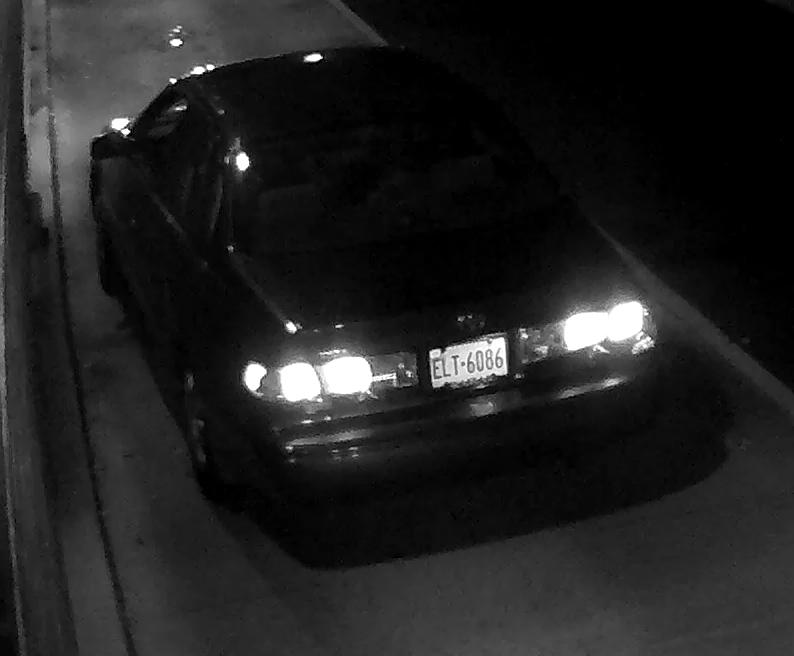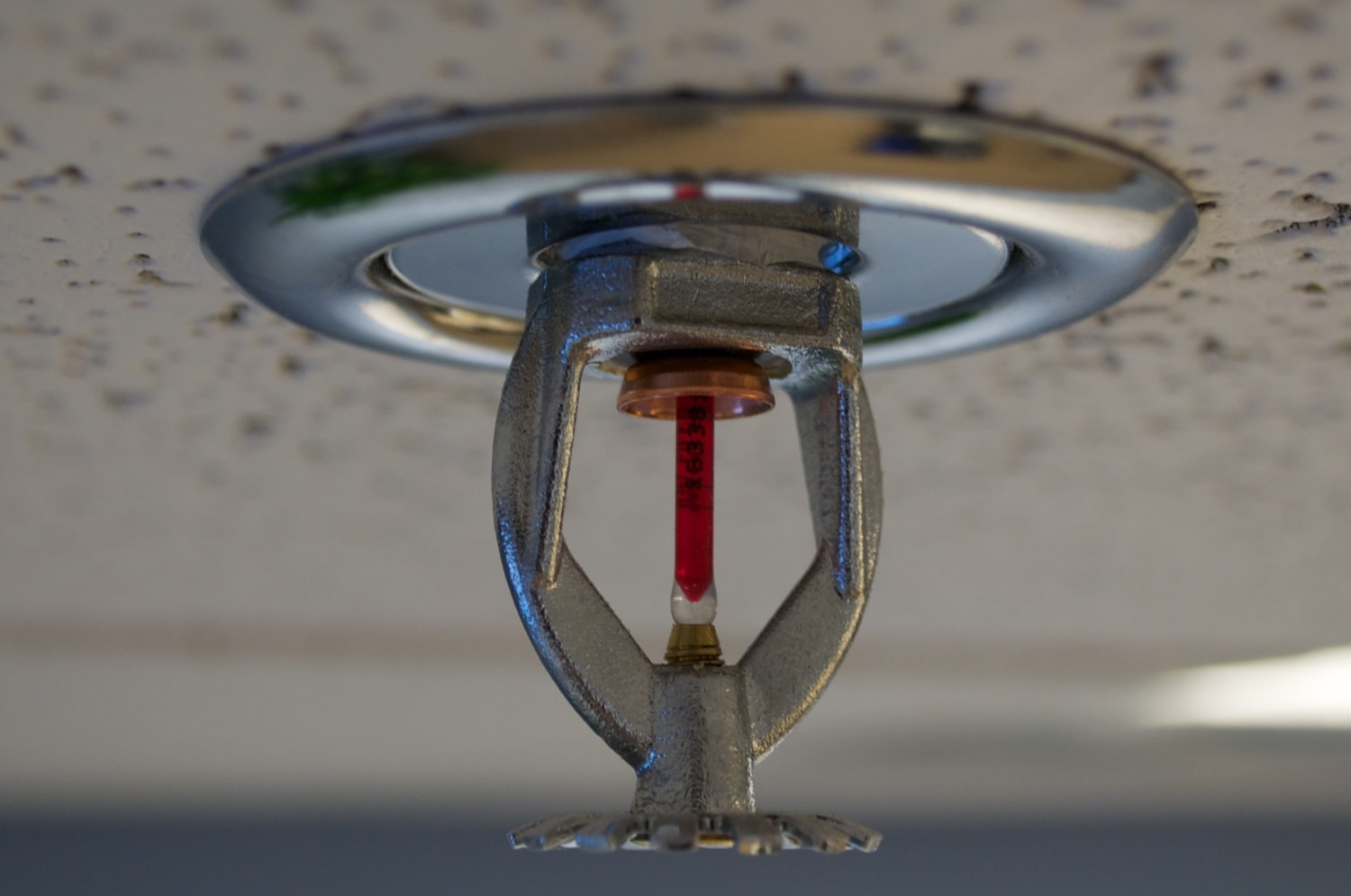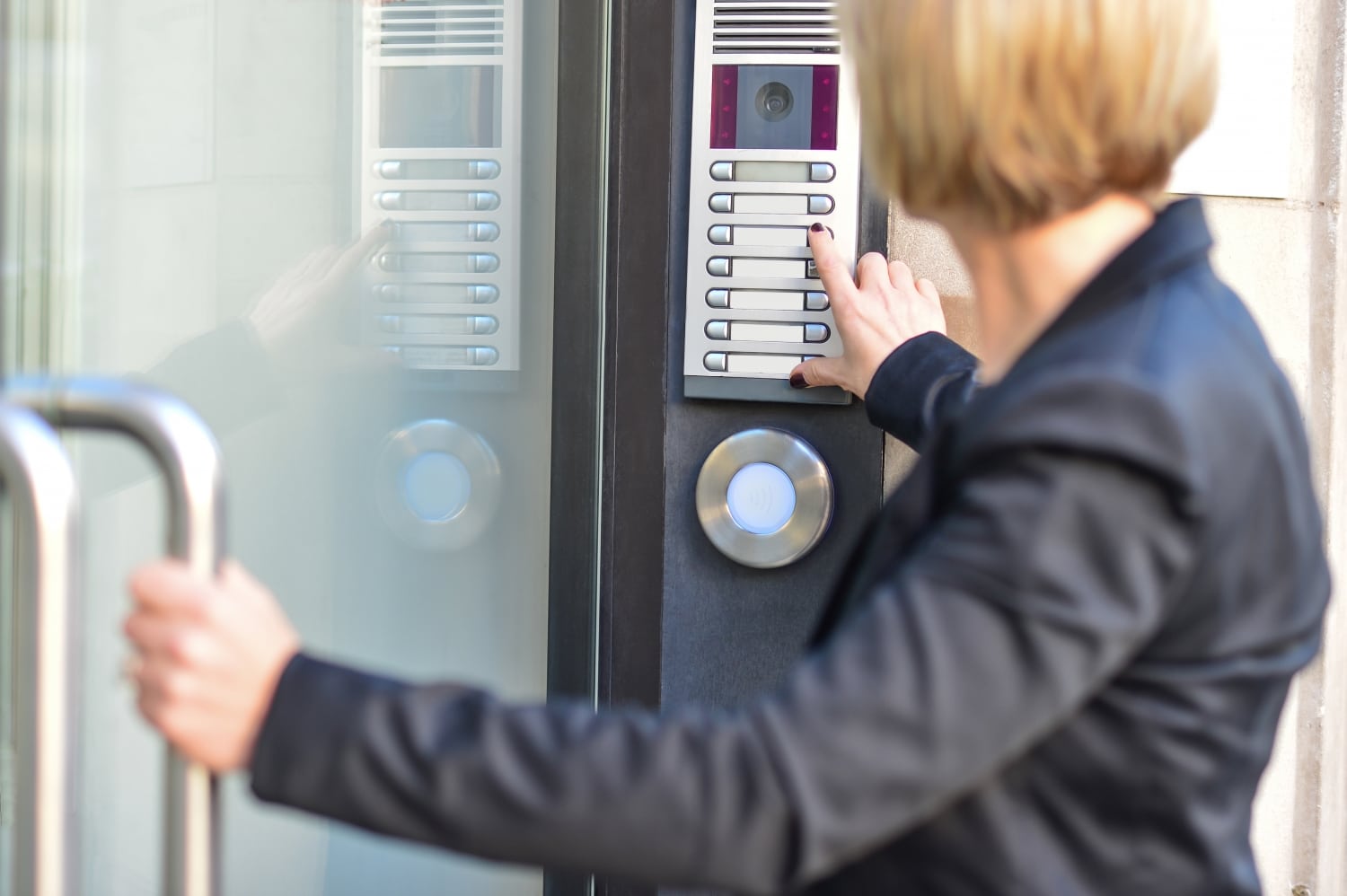The quality of night vision cameras has improved enormously with the advance of technology. Motion technology – which detects even low levels of movement – has added to the effectiveness of these security devices.
Most cameras work through utilizing one of three methods – these are:
- Infrared technology
- Low Light Imaging
- Thermal imaging
Let us look at each of these in a little more detail.
Infrared Technology in Cameras
This technology typically employs black and white images. Although such pictures might seem out dated, in fact, the clarity of black and white images is stronger than for color options, which can be of enormous importance when it comes to security, and identifying clues.
Cameras work by combining two separate technologies. Firstly, a motion detector will spot movement in the camera’s eye line. At this point, multiple LED lights will enable the camera to capture the scene by employing infrared light to enable the camera to see its subject.
The black and white images that are produced are superb for spotting number plates and lettering or numbers on, for example, clothing. Facial features can also broadly be identified.
One of the strengths of infrared technology is that it does not need any ambient light to do its job and capture images of security threats. Another feature which adds to the success of this type of device is that the infrared light produced by the LED lights is invisible to the human eye. Therefore, the images captured by the camera are done so without the awareness of the subject matter being filmed.
Infrared cameras are also a relatively inexpensive device in which to invest for the protection of your home or business.
Low Light Imaging
Another inexpensive alternative, low Light Imaging cameras do require some ambient light to be present for them to function.
However, very little light is actually needed. Cameras then use intensifiers to strengthen the images. The intensifiers collect whatever light is present and magnify it to allow the production of good quality images. This is achieved in part by the electrons in the image bouncing into a phosphor screen, which captures the picture.
Although they will not function in absolute darkness when there is enough light to capture an image the quality of the photography is high, and can easily lead to suspect identification.
The fact that outdoor cameras employing this kind of technology are relatively cheap makes them a perfect solution to protecting a home.
Thermal Imaging
This type of camera needs no light at all, as it produces images based on temperature. Objects all radiate thermal infrared energy, and the camera detects this. Images are produced as a result, on a black to white spectrum, with pictures becoming whiter as they get hotter.
At the top end of the market, thermal imaging cameras can be used which emit images in colour, which allows more precise identification of objects, including intruders.
With a variety of cameras now available, the technology to protect your home or business is there to offer peace of mind.




